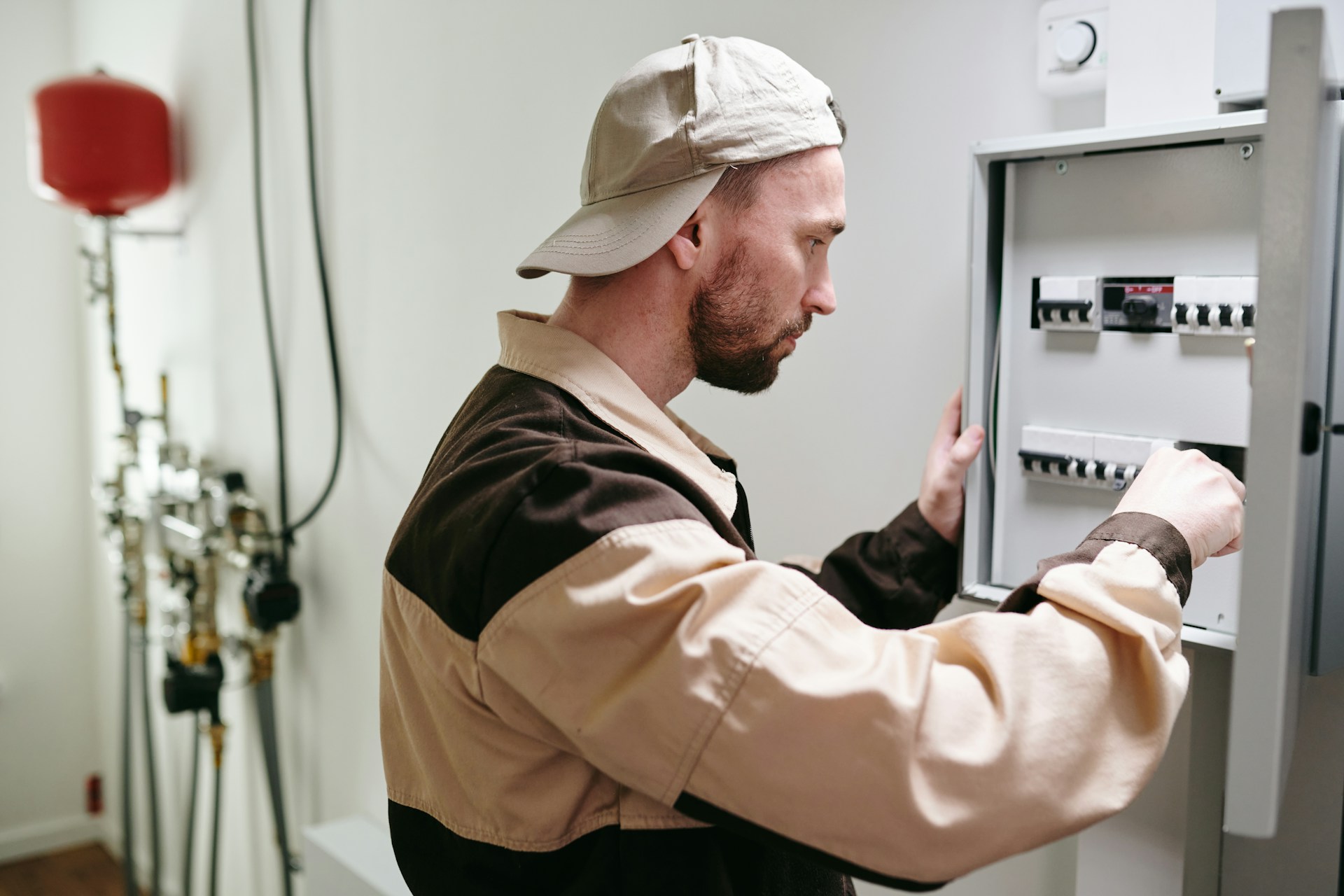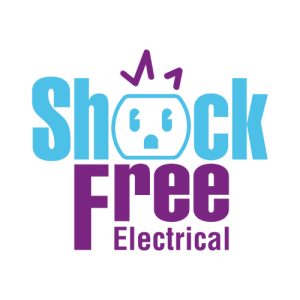When it comes to home safety, what you don’t see can sometimes be the biggest problem. That’s why a home electrical inspection can be a smart move, especially before buying or renovating a home. Over time, even small electrical issues can turn into larger concerns if they go unchecked. Regular inspections help catch those problems early, so they don’t lead to unexpected hazards or costly repairs later.
Licensed electricians understand what to look for and bring experienced eyes to the job. Homeowners in St. John’s can benefit from this kind of professional insight, knowing their property is being evaluated by someone who is familiar with both current codes and the risks tied to outdated wiring, overloaded circuits, or aging fixtures. Here’s what licensed electricians usually inspect during a full home visit and what you can expect from the process.
Visual Inspection and Safety Checks
The inspection starts with what can be seen and easily accessed. Licensed electricians walk through the home focusing on areas that are likely to show signs of electrical trouble. This part goes beyond isolated issues. It’s about spotting patterns or early signs that might point to larger problems behind walls or inside the panel.
During the visual inspection, electricians check:
– Outlets and switches for looseness, scorching, or warmth
– Light fixtures, especially those that flicker, dim, or hum
– Breaker panels, making sure the wiring is organized, labelled, and undamaged
– Exposed wiring in places like attics, basements, garages, and crawlspaces for wear or rodent damage
– Fire risks like overloaded power strips, extension cords used improperly, or undersized outlets handling heavy loads
This phase helps electricians decide where to look further and which areas may need testing or closer evaluation.
Testing Electrical Systems
After the visual checks, electricians dig deeper into how the system performs. This means testing the core electrical components to get a clearer picture of how electricity flows through the home and if it’s safe.
This part includes hands-on evaluations and the use of testing tools. Depending on the age of the home and what the electricians see during the visual walkthrough, this may cover:
– Testing circuit breakers and fuses under load to ensure safe operation
– Measuring the total electrical load to make sure circuits are not close to overloading
– Using voltage meters or multimeters to check current flow and detect any inconsistencies
– Inspecting grounding and bonding to see if current is properly directed in the event of a surge
These tests help catch problems that aren’t obvious just by looking. For example, in one older home, an electrician found mild overheating behind a wall outlet—something the homeowner had no idea about, which could have caused a fire later on. These small spots of wear often lead to big issues if left untreated.
Early inspections like this are especially useful in St. John’s by late July, before cooler months increase indoor power use. It’s the right time to know your system can handle it.
Evaluating Electrical Components
With the system tested, electricians move on to assessing the wear and performance of each component. This step is crucial, especially in older homes that may still have outdated elements not designed for modern needs.
During this part of the inspection, electricians look at:
– Wiring throughout the home, watching for cracking, improper repairs, or damage
– GFCI outlets, making sure they trip and reset correctly, especially in rooms with water
– AFCI protection, checking if arc fault circuit interrupters trigger as they should
– Smoke and carbon monoxide detectors, making sure they work, are properly placed, and haven’t expired
– Electrical panels, noting any heat marks, rust, loose breakers, or present-day compatibility issues
Hidden issues are often discovered here. One example involved a frequently tripping AFCI breaker. The homeowner thought the device was faulty, but inspection revealed a loose wire inside the wall that could have sparked serious damage. Catching this early made a big difference.
This component-level review helps homeowners understand the state of their system and what may need fixing or upgrading for future reliability.
Documentation and Recommendations
Once the inspection is complete, electricians provide a report that’s condensed into easy-to-follow sections. This isn’t just a technical list—it’s practical guidance about what’s pressing, what can wait, and how to address concerns moving forward.
Typical information provided includes:
– Photos of issues with notes to explain what’s happening
– A list of areas that need quick repair or further check-ups
– Suggestions for work like outlet replacement, panel updates, or rewiring needs
– A repair timeline ranked by urgency
Many older homes need updates simply due to time, not because of major damage. Having everything listed gives the homeowner control over when and how improvements are made. There’s no surprise failure in the middle of winter heating season or during a long weekend when most repair services may be delayed.
Licensed electricians aim to give homeowners a clear plan of action, which matches their comfort level, usage patterns, and budget.
Why Annual Inspections Are Worth It
These inspections do more than spot problems. They give homeowners a better understanding of how their electrical system works and what potential issues could arise if left unchecked. Circuits wearing down, aging panels, and old safety devices don’t always cause signs right away, but they carry serious risks.
Local electricians know the common patterns and problems in St. John’s homes. Whether it’s dated wiring behind walls, quick installs from past renovations, or simply the added strain of newer gadgets and electronics, many homes aren’t built for today’s usage.
By catching things early, homeowners get a chance to plan repairs and improvements. It’s the difference between staying ahead and ending up with an emergency on your hands. Whether your home is decades old or relatively new, there’s peace of mind in knowing everything has been checked by someone who does this every day.
A regular electrical inspection gives you the answers: what’s working, what needs a tune-up, and what could lead to bigger issues. When the system is working properly, you’re not just preventing problems, you’re protecting your home and everyone in it. That’s worth keeping on the annual to-do list.
To keep your home’s electrical system working safely and reliably, schedule an inspection with our experienced licensed electricians. At ShockFree Electrical in St. John’s, we’re committed to helping you stay ahead of potential issues before they become costly problems. Book your inspection today and take a smart step toward a safer home.






